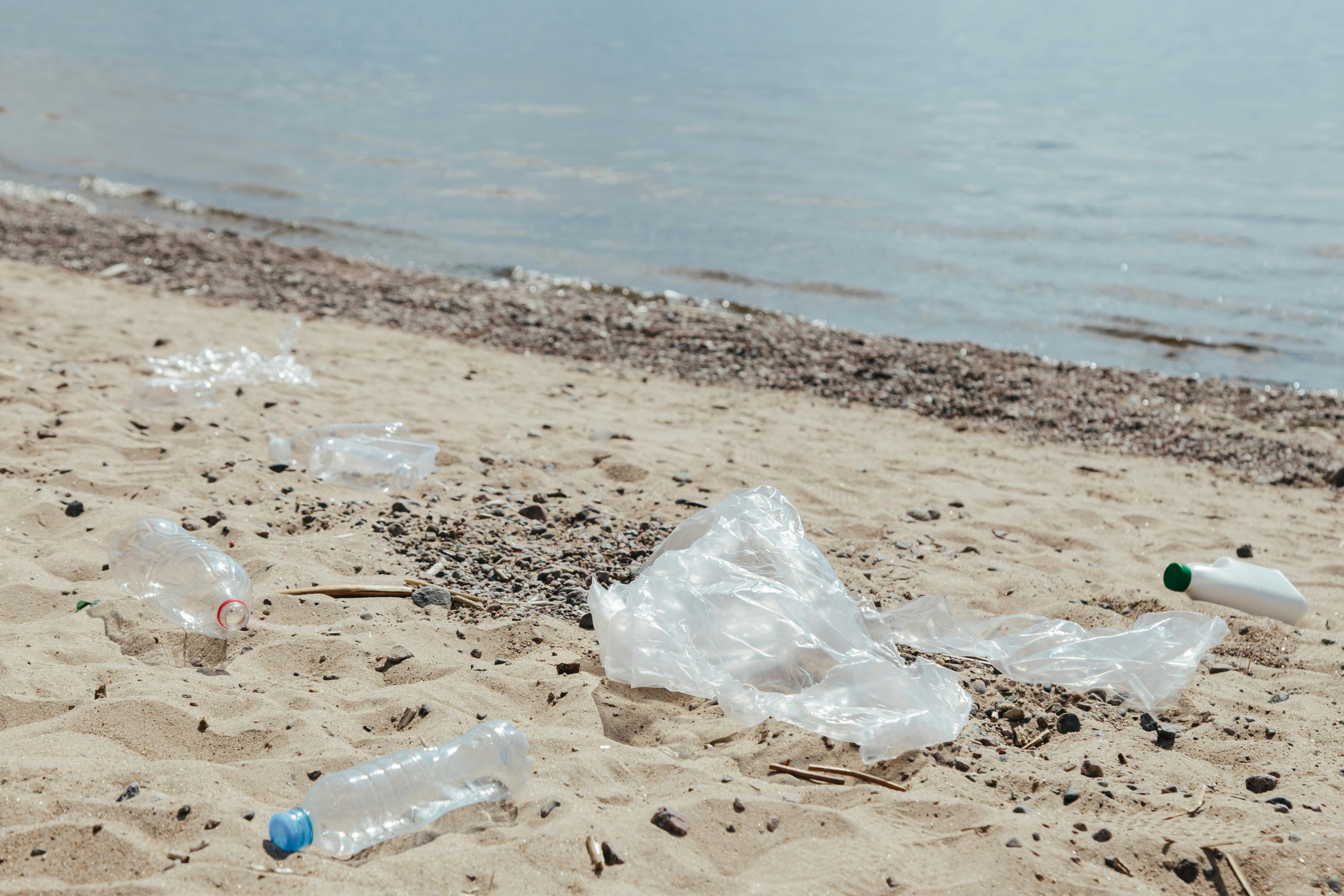Karin Meisterl | ENT Foundation
Nowadays, plastics have become an indispensable part of everyday life. We are surrounded by plastics, including in construction, transport, electronics and healthcare. the European plastics converters’ demand amounting to 50.3 Mt in 2021. However, by far, the largest end-use markets for plastics in the EU are (single-use) packaging (39%), followed by building and construction (21%).[1]
Typical properties of plastics include versatility, durability, light weight, strength, high thermal and electrical insulation properties, low cost and potential transparency, which make them suitable for a wide range of applications. Unfortunately, these same properties also make them a serious threat to the environment.[2] The increase in plastics in the aquatic environment also has a negative impact on human health and the economy.
According to UNEP (1995), “Marine litter is any persistent, manufactured or processed solid material discarded, disposed of or abandoned in the marine and coastal environment. Marine litter consists of items that have been made or used by people and deliberately discarded into the sea or rivers or on beaches; brought indirectly to the sea with rivers, sewage, storm water or winds; accidentally lost, including material lost at sea in bad weather (fishing gear, cargo); or deliberately left by people on beaches and shores.”[3]
Plastic debris (especially microplastics <1mm) can be found everywhere – in marine, freshwater and terrestrial ecosystems, from low background levels to localized ‘hotspots’ and its abundance is continuously increasing.[4] Even though most hotspots of plastic pollution are outside the EU[5], the Mediterranean Sea is known to be one of the most polluted regions[6].
Marine plastic litter has severe harmful impacts to organisms, the most lethal ones are wildlife entanglement in Discarded nets, synthetic ropes and fishing lines, bags, six-pack rings and ingestion of plastic pieces (> 5 mm).[7],[8] On the other hand, microplastics act as carriers of harmful contaminants and due to their small size (>1mm) are more frequently ingested by a variety of organisms and eventually accumulate in the food web.[9]
For all the above reasons, measures to combat plastic pollution are widely discussed. Raising public awareness is an important measure against littering, but so is effective waste prevention and management. While (beach) clean-up measures are also important, preventing plastics from entering the environment in the first place is of paramount importance.
In the EU, plastic waste is mainly managed under the Packaging and Packaging Waste Directive (94/62/EC)[10] and the Waste Framework Directive (2008/98/EC).[11] Lightweight plastic carrier bags are managed under the Plastic Bags Directive ((EU) 2015/720)[12], which aims to reduce their consumption. To tackle plastic pollution, the Single Use Plastics Directive ((EU) 2019/904)[13] was introduced in aims to reduce the environmental impact of single-use plastic products by banning certain items (e.g. plastic straws, cuttlery and balloon sticks), introducing design requirements (e.g. attaching caps to bottles), promoting the use of sustainable alternatives, and imposing obligations on producers for waste management and clean-up efforts. As PET bottles are among the 10 most commonly found single-use plastic items on European beaches, a target of 77% separate collection for plastic bottles by 2025, increasing to 90% by 2029 was introduced. This led to the introduction of deposit and return schemes (DRS) in various EU member states.[14] However, a lot more needs to be done, as the main trends regarding production and consumption remain largely unchanged.
—
[1] PlasticsEurope (2022). Plastics – The Facts 2022.
[2] Thompson, R. C., Moore, C. J., vom Saal, F. S., Swan, S. H., Saal, F. S., & Swan, S. H. (2009). Plastics, the environment and human health: current consensus and future trends. Philosophical Transactions of the Royal Society of London. Series B, Biological Sciences, 364(2009), 2153–2166. https://doi.org/10.1098/rstb.2009.0053
[3] United Nations Environment Programme, UNEP (2021). From Pollution to Solution: A global assessment of marine litter and plastic pollution. Synthesis. Nairobi
[4] Eriksen, M., Lebreton, L. C. M., Carson, H. S., Thiel, M., Moore, C. J., Borerro, J. C., Galgani, F., Ryan, P.G. & Reisser, J. (2014). Plastic Pollution in the World’s Oceans: More than 5 Trillion Plastic Pieces Weighing over 250,000 Tons Afloat at Sea. PLoS ONE, 9(12), 1–15. doi:10.1371/journal.pone.0111913
[5] Jambeck, J. R., Geyer, R., Wilcox, C., Siegler, T. R., Perryman, M., Andrady, A., Narajan, R., & Law, K. L. (2015). Plastic waste inputs from land into the ocean. Science, 347(6223), 768–771.
doi:10.1126/science.1260352
[6] Baudena, A., Ser-Giacomi, E., Jalón-Rojas, I. et al. The streaming of plastic in the Mediterranean Sea. Nat Commun 13, 2981 (2022). https://doi.org/10.1038/s41467-022-30572-5
[7] Marthe, A., Høiberg, John, S., Woods, & F. Verones (2022): Global distribution of potential impact hotspots for marine plastic debris entanglement, Ecological Indicators. 135 (2022): 108509
[8] Carson, H. S. (2013). The incidence of plastic ingestion by fishes: from the prey’s perspective. Marine Pollution Bulletin, 74(1), 170–174. https://doi.org/10.1016/j.marpolbul.2013.07.008
[9] Wright, S. L., Thompson, R. C., & Galloway, T. S. (2013). The physical impacts of microplastics on marine organisms: a review. Environmental Pollution, 178, 483–492. https://doi.org/10.1016/j.envpol.2013.02.031
[10] European Parliament and Council Directive 94/62/EC of 20 December 1994 on packaging and packaging waste
[11] Directive 2008/98/EC of the European Parliament and of the Council of 19 November 2008 on waste and repealing certain Directives (Text with EEA relevance)
[12] DIRECTIVE (EU) 2015/ 720 OF THE EUROPEAN PARLIAMENT AND OF THE COUNCIL – of 29 April 2015 – amending Directive 94/ 62/ EC as regards reducing the consumption of lightweight plastic carrier bags
[13] Directive (EU) 2019/904 of the European Parliament and of the Council of 5 June 2019 on the reduction of the impact of certain plastic products on the environment
[14] Overview and results of the deposit return schemes in Europe (sensoneo.com)

